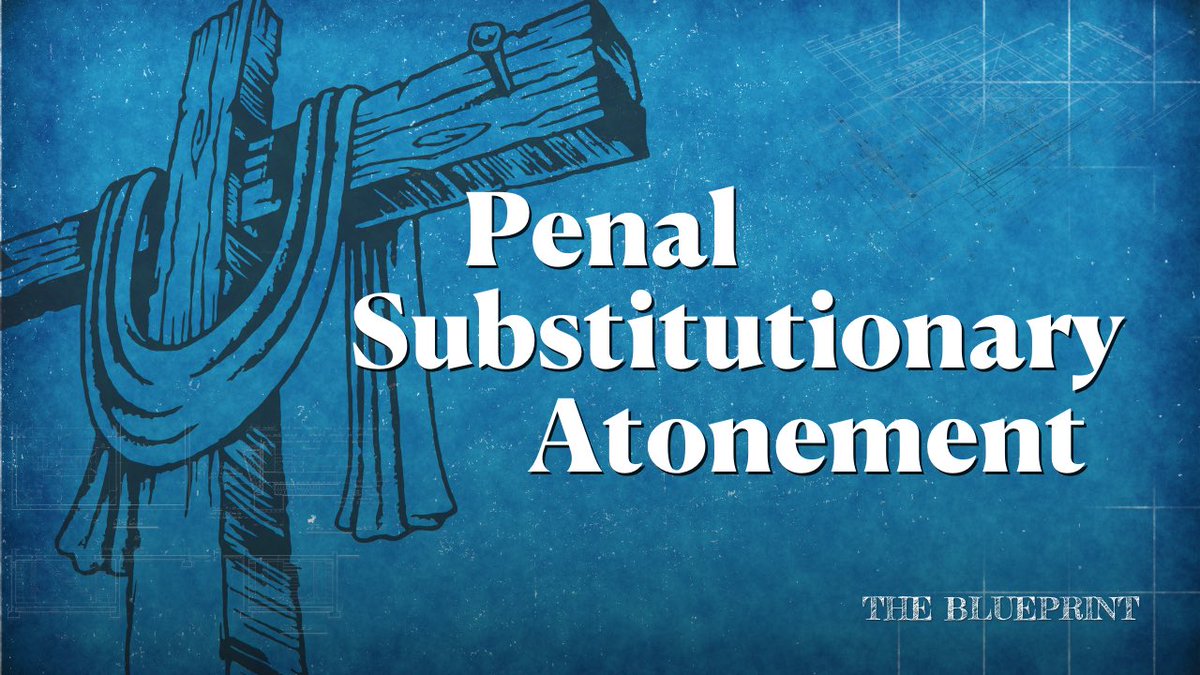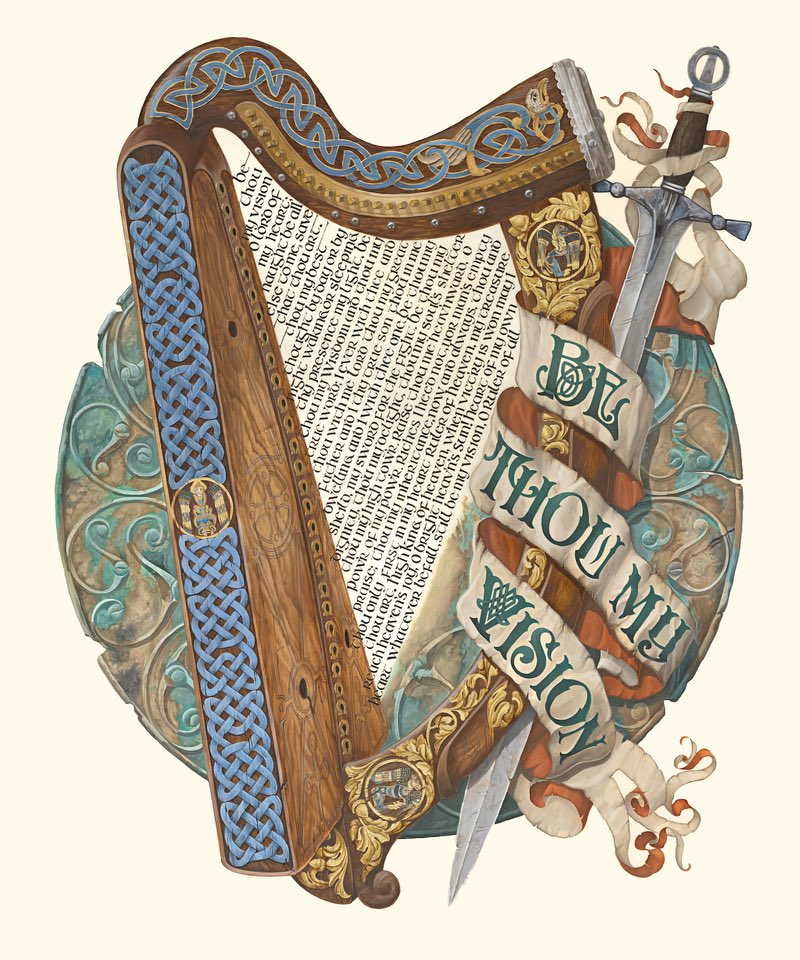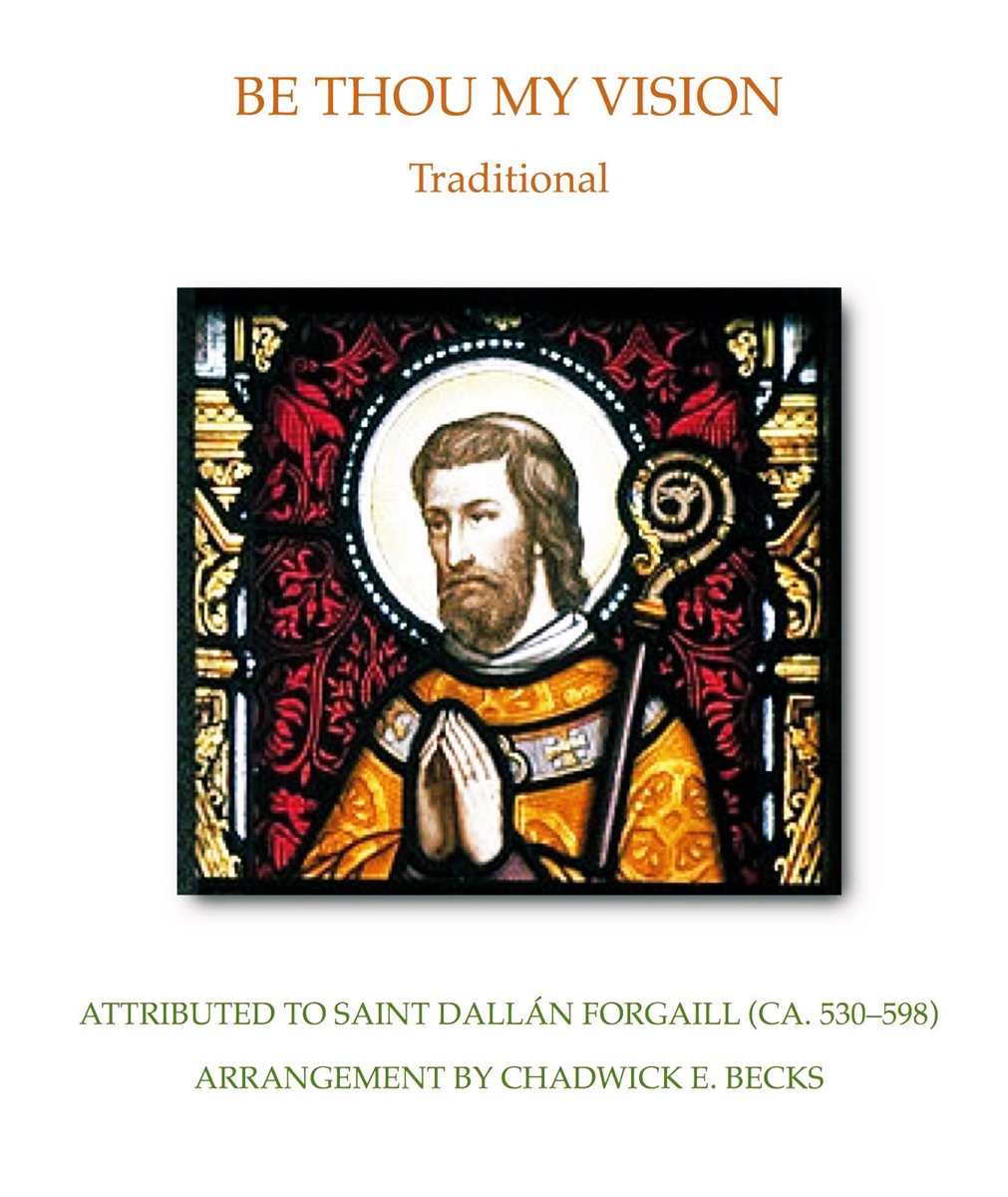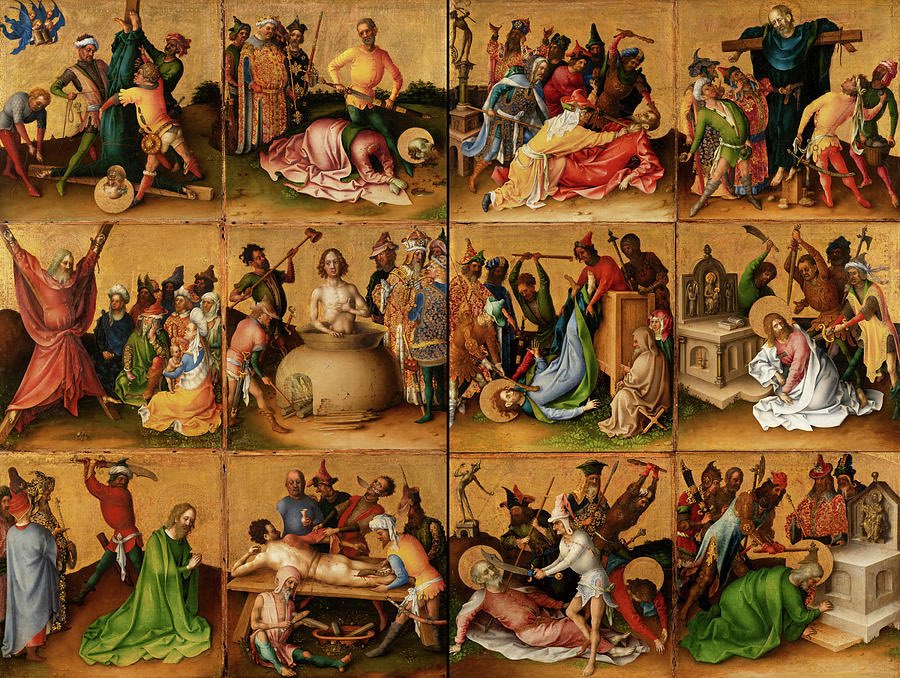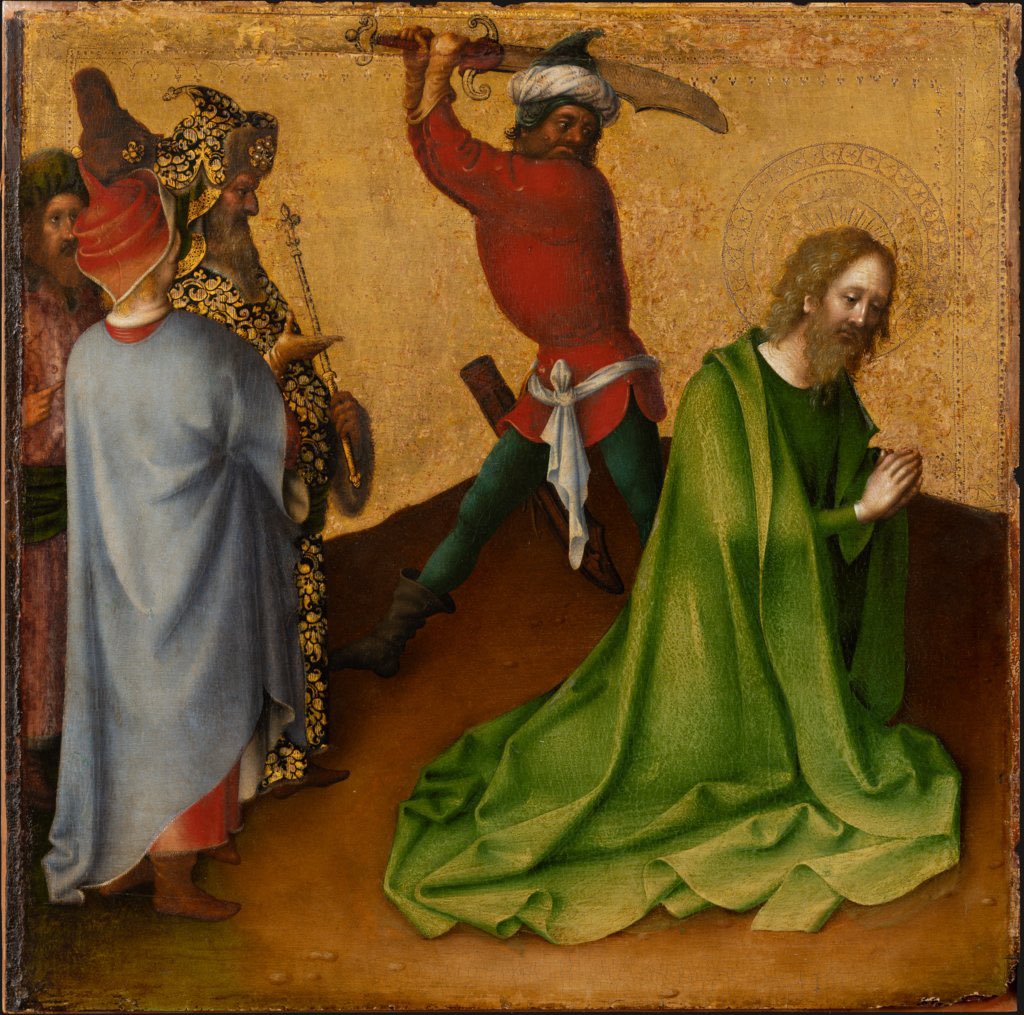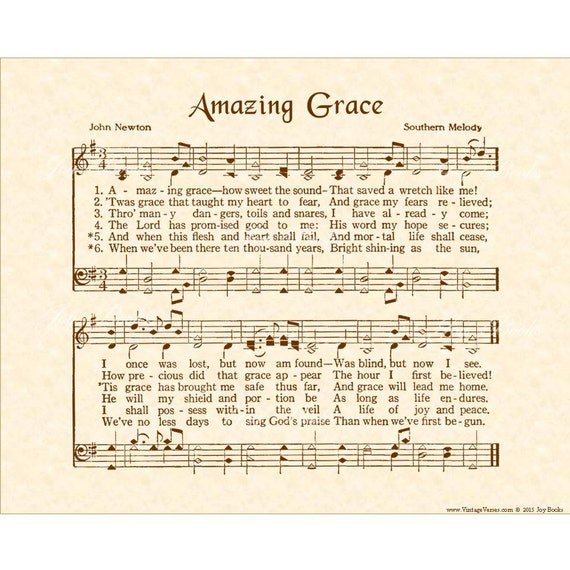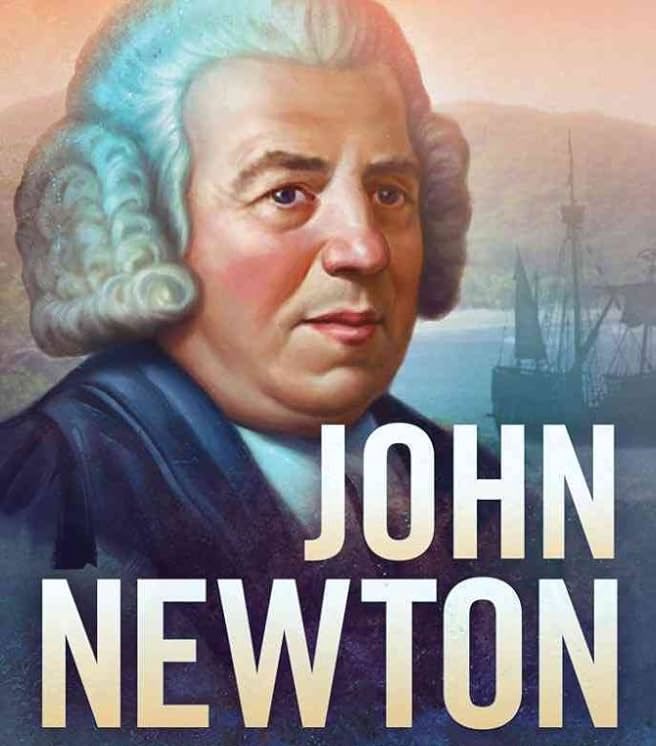🧵Hymn History: The Story of “In Christ Alone” by @gettymusic - Its the most beloved modern hymn of the 21st century that sparked a revival of gospel-centered hymnody, proving that deep theology can still capture the hearts of a new generation. Here’s its story🧵👇🏼 

🧵 1. The Gettys & Their Mission
Keith Getty, a Northern Irish composer shaped by classical and Irish folk traditions, dreamed of reviving hymns that outlast trends. With his wife Kristyn, he aimed to unite rich theology with singable melodies. In 2000, he began working with Stuart Townend, an English songwriter known for depth and clarity. Their first project became their most famous work and helped spark a global modern hymnwriting movement.
Keith Getty, a Northern Irish composer shaped by classical and Irish folk traditions, dreamed of reviving hymns that outlast trends. With his wife Kristyn, he aimed to unite rich theology with singable melodies. In 2000, he began working with Stuart Townend, an English songwriter known for depth and clarity. Their first project became their most famous work and helped spark a global modern hymnwriting movement.

🧵 2. Melody Meets Word
Keith Getty had been working on a Celtic-inflected melody for weeks but needed the right lyricist. A mutual friend introduced him to Townend at a worship conference. Over coffee, they found they shared a vision for songs that were doctrinally sound and musically lasting. Getty sent him the melody, and Townend quickly began crafting verses tracing Christ’s life, death, resurrection, and return. That exchange sparked one of the most-sung worship songs in modern history.
Keith Getty had been working on a Celtic-inflected melody for weeks but needed the right lyricist. A mutual friend introduced him to Townend at a worship conference. Over coffee, they found they shared a vision for songs that were doctrinally sound and musically lasting. Getty sent him the melody, and Townend quickly began crafting verses tracing Christ’s life, death, resurrection, and return. That exchange sparked one of the most-sung worship songs in modern history.

🧵 3. The Gospel in a Hymn
Their goal was bold: write one song capturing the entire gospel story, from incarnation to second coming. Townend’s lyrics were like a creed, echoing early church confessions while staying deeply personal, teaching and inspiring worshippers within redemption’s sweep. Getty’s mesmerizing melody blended majesty and intimacy, ensuring that it would work whether accompanied by a single guitar or a full orchestra.
Their goal was bold: write one song capturing the entire gospel story, from incarnation to second coming. Townend’s lyrics were like a creed, echoing early church confessions while staying deeply personal, teaching and inspiring worshippers within redemption’s sweep. Getty’s mesmerizing melody blended majesty and intimacy, ensuring that it would work whether accompanied by a single guitar or a full orchestra.

🧵 4. The Meaning of the Verses
In Christ Alone unfolds like a gospel journey in four verses.
• Verse 1: The Believer’s Hope - in every aspect of life, the believer’s hope is found in Christ
• Verse 2: His life and death -victory over sin through the cross.
• Verse 3: The resurrection - death defeated, hope secured.
• Verse 4: The believer’s assurance - life lived in Christ’s power until He returns.
Every line is crafted to connect doctrine with personal faith, making the song both a declaration and a testimony.
In Christ Alone unfolds like a gospel journey in four verses.
• Verse 1: The Believer’s Hope - in every aspect of life, the believer’s hope is found in Christ
• Verse 2: His life and death -victory over sin through the cross.
• Verse 3: The resurrection - death defeated, hope secured.
• Verse 4: The believer’s assurance - life lived in Christ’s power until He returns.
Every line is crafted to connect doctrine with personal faith, making the song both a declaration and a testimony.

🧵 5. Responses and Reactions
The hymn debuted at the UK’s Spring Harvest, with an early recording on Palm Sunday in Townend’s church. A famous moment came at Stoneleigh Bible Week, when thousands erupted in applause after the resurrection verse was sang. This was rare in British evangelical worship. Churches across world adopted it quickly, and it soon crossed from contemporary services into traditional hymnals, bridging generational and stylistic divides.
The hymn debuted at the UK’s Spring Harvest, with an early recording on Palm Sunday in Townend’s church. A famous moment came at Stoneleigh Bible Week, when thousands erupted in applause after the resurrection verse was sang. This was rare in British evangelical worship. Churches across world adopted it quickly, and it soon crossed from contemporary services into traditional hymnals, bridging generational and stylistic divides.

🧵 6. Worldwide Embrace
By 2006, In Christ Alone topped the UK’s CCLI chart, holding the spot for years. It appeared in hymnals across Baptist, Anglican, and Presbyterian traditions, and was translated into languages from Mandarin to Swahili. Sung in cathedrals, house churches, crusades, and even stadiums, its soaring final verse, “Here in the power of Christ I’ll stand” has become a global rallying cry of faith across diverse worship styles. But controversy was just around the corner for this modern hymn…
By 2006, In Christ Alone topped the UK’s CCLI chart, holding the spot for years. It appeared in hymnals across Baptist, Anglican, and Presbyterian traditions, and was translated into languages from Mandarin to Swahili. Sung in cathedrals, house churches, crusades, and even stadiums, its soaring final verse, “Here in the power of Christ I’ll stand” has become a global rallying cry of faith across diverse worship styles. But controversy was just around the corner for this modern hymn…

🧵 7. PCUSA Hymnal Controversy
In 2013, the Presbyterian Committee on Congregational Song for the new PC(USA) hymnal wanted to include the song… but not in its original form. They requested changing “the wrath of God was satisfied” to “the love of God was magnified,” arguing that the original lyrics focused on God’s wrath. Getty and Townend respectfully declined, stating that the lyric was essential to the integrity of the song and to the truth of the gospel. As a result, the hymn was excluded from the PCUSA hymnal. It was a decision that stirred nationwide conversation on theology in worship.
In 2013, the Presbyterian Committee on Congregational Song for the new PC(USA) hymnal wanted to include the song… but not in its original form. They requested changing “the wrath of God was satisfied” to “the love of God was magnified,” arguing that the original lyrics focused on God’s wrath. Getty and Townend respectfully declined, stating that the lyric was essential to the integrity of the song and to the truth of the gospel. As a result, the hymn was excluded from the PCUSA hymnal. It was a decision that stirred nationwide conversation on theology in worship.

🧵 8. The Getty’s Doctrinal Conviction
For the Gettys, the refusal was not about being stubborn or “overly-conservative”. It was about protecting the biblical truth that the cross is where God’s justice and mercy meet. Keith later remarked that the songs we sing shape our theology, often more deeply than sermons do. Altering core truths for cultural comfort, he warned, would lead to a loss of doctrinal clarity in future generations. Their stand became an example to other writers: hold fast to truth even when it costs influence or opportunities.
For the Gettys, the refusal was not about being stubborn or “overly-conservative”. It was about protecting the biblical truth that the cross is where God’s justice and mercy meet. Keith later remarked that the songs we sing shape our theology, often more deeply than sermons do. Altering core truths for cultural comfort, he warned, would lead to a loss of doctrinal clarity in future generations. Their stand became an example to other writers: hold fast to truth even when it costs influence or opportunities.

🧵 9. A Legacy That Lives On
In Christ Alone has been named among the greatest hymns of all time ranking in Britain’s “Songs of Praise” polls and honored by the British Hymn Society. But its real legacy is lived out in churches and homes worldwide. It has been sung at weddings, funerals, baptisms, ordinations, and revival gatherings, - comforting the grieving, strengthening the faithful, and uniting believers across traditions. Two decades on, it remains a rallying cry for gospel-centered worship and a living reminder that our hope, now and forever, is found in Christ alone.
In Christ Alone has been named among the greatest hymns of all time ranking in Britain’s “Songs of Praise” polls and honored by the British Hymn Society. But its real legacy is lived out in churches and homes worldwide. It has been sung at weddings, funerals, baptisms, ordinations, and revival gatherings, - comforting the grieving, strengthening the faithful, and uniting believers across traditions. Two decades on, it remains a rallying cry for gospel-centered worship and a living reminder that our hope, now and forever, is found in Christ alone.

🧵 11. Did you Enjoy This “Hymn History” Thread?
If yes, then please give it a share so that more people can know the story of this incredible song. 🙏
Follow my account @joshuabarzon for more great content on theology, church history, and graphic design for churches (#barzonDESIGN).
📚 Sources & Further Reading
• “The Story Behind In Christ Alone” – Bethel Ripon
bethelripon.com/life-stories/2…
• “History of Hymns: In Christ Alone” – UMC Discipleship Ministries
umcdiscipleship.org/articles/histo…
• “In Christ Alone” – Worship Leader Magazine
worshipleader.com/worship-cultur…
• “Keith Getty on What Makes In Christ Alone Beloved and Contested” – The Gospel Coalition
thegospelcoalition.org/article/keith-…
If yes, then please give it a share so that more people can know the story of this incredible song. 🙏
Follow my account @joshuabarzon for more great content on theology, church history, and graphic design for churches (#barzonDESIGN).
📚 Sources & Further Reading
• “The Story Behind In Christ Alone” – Bethel Ripon
bethelripon.com/life-stories/2…
• “History of Hymns: In Christ Alone” – UMC Discipleship Ministries
umcdiscipleship.org/articles/histo…
• “In Christ Alone” – Worship Leader Magazine
worshipleader.com/worship-cultur…
• “Keith Getty on What Makes In Christ Alone Beloved and Contested” – The Gospel Coalition
thegospelcoalition.org/article/keith-…
• • •
Missing some Tweet in this thread? You can try to
force a refresh



